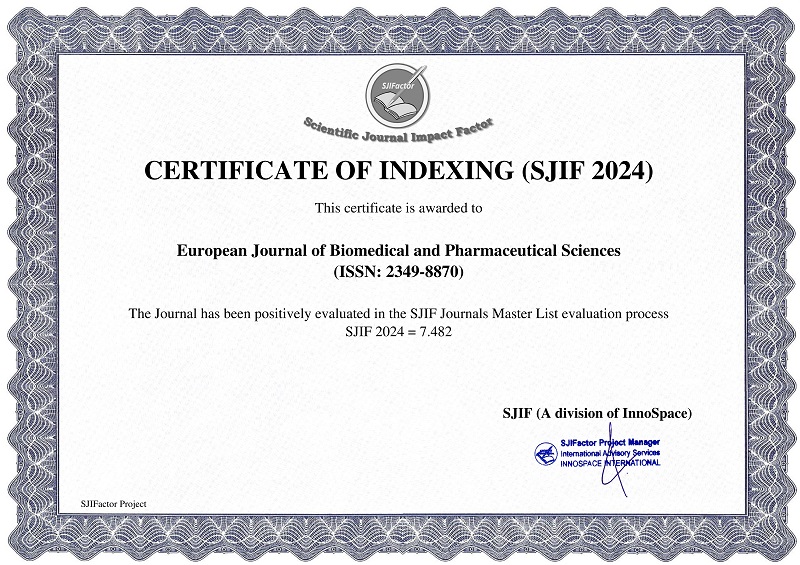PROPORTION AND CLINICAL PROFILE OF PSEUDOEXFOLIATION SYNDROME IN CATARACT PATIENTS
*Dr. Ebitha Kalarikkal Elias, Dr. Gargi Sathish and Dr. Vijayamma Narayaniyamma
ABSTRACT
Background: Pseudoexfoliation (PXF) syndrome is a systemic condition characterised by deposition of fibrillar material in the anterior chamber of the eye. PXF is associated with glaucoma and complications during cataract surgery. Study aims to estimate the proportion of pseudoexfoliation syndrome among cataract patients undergoing small incision cataract surgery and to find the clinical profile of pseudoexfoliation syndrome. Materials and methods: A prospective study including 300 cataract patients posted for small incision cataract surgery was done in a tertiary care centre. History, pupillary light reflex, intraocular pressure, central corneal thickness and endothelial cell count were noted and slit lamp examination for distribution of exfoliative material done. Pupils dilated and dilation measured, lens nucleus graded and fundus examination for cup disc ratio done. Data collected and entered in Microsoft Excel and analysed using SPSS version 16. Proportion of PXF calculated and other variables studied using chi square test for qualitative and t test for quantitative variables. Results: Among the 300 cataract patients studied the proportion of PXF was 18% (54eyes). Significantly high proportion of eyes with PXF had mature cataract, grade IV nuclear sclerosis, subluxated lens, low endothelial count and Central Corneal Thickness, poor pupillary dilation, high intra ocular pressure and Cup disc ratio. Conclusion: Among cataract patients 18% eyes have pseudoexfoliation which is associated with features rendering cataract surgery difficult. Hence a thorough awareness of PXF, proper slit lamp examination is mandatory to minimize complications during surgery.
Keywords: Pseudoexfoliation, cataract, clinical profile.
[Full Text Article]
[Download Certificate]


 Impact Factor : 7.482
Impact Factor : 7.482 






